Silky Genes
Students will simulate the process of gene splicing, understand the application of transgenic organisms in agriculture, and see how goats can be used for the production of goods other than meat and milk through the use of biotechnology.
Students will simulate the process of gene splicing, understand the application of transgenic organisms in agriculture, and see how goats can be used for the production of goods other than meat and milk through the use of biotechnology.
Students will view the 2014 film Farmland, a documentary spotlighting six farmers and ranchers in the United States. The film portrays the business and lifestyle of a variety of farmers and ranchers. Perspectives on topics such as bioengineered (GMO) crops, animal welfare, organic and conventional farming practices, farm size, farming stereotypes, and more are presented.
Students will be introduced to technologies currently used on farms by engaging in an AppQuest to discover how farmers use mobile apps to manage farm production systems, marketing options, and make timely decisions.
Students explore the impact of fertilizer on algae growth, soil erosion, and agricultural soil and water conservation practices.
Students will explore the causes of hunger, both domestically and globally; evaluate potential solutions for solving world hunger; and forecast the impact of a growing world population on current food supplies.
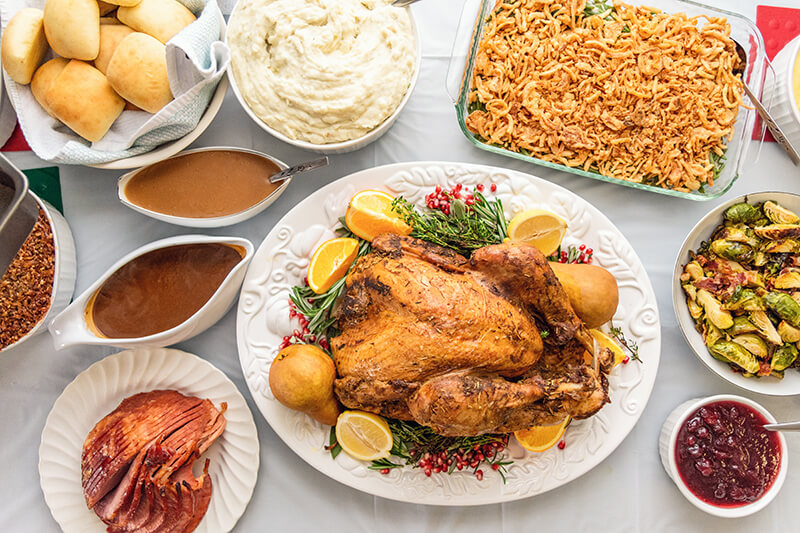
Identify common Thanksgiving foods and their farm source, determine if those foods can be produced locally, and locate the common origins of their Thanksgiving day dinner.
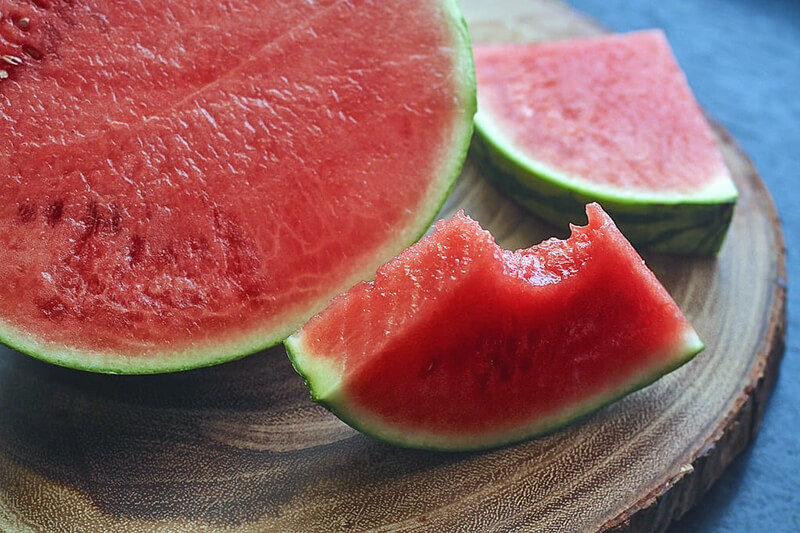
Students apply the steps of mitosis and meiosis to learn about the production of both seeded and seedless watermelon. Students will learn about the discovery of colchicine, which made seedless watermelon possible and use modeling clay and beans to model meiosis and mitosis.
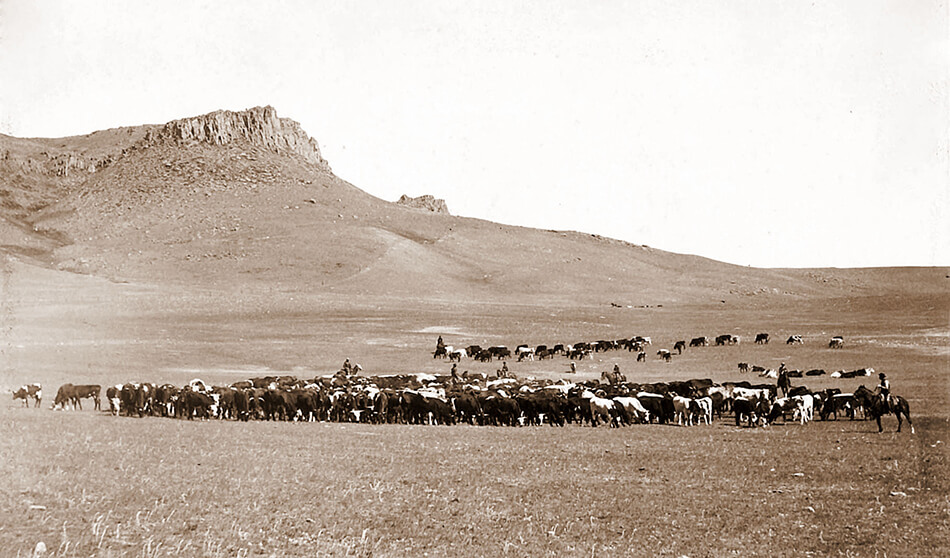
Students will gain a greater understanding of the historical context and purpose of the cattle drives that took place in the mid 1880s. Students will be able to explain the cause and effect relationships of life on the frontier including, population growth, and later the invention and use of barbed wire, refrigeration, and railroads.

Students explore the carbon cycle and evaluate the carbon footprint of cattle. Using critical thinking skills, students will use the Claim, Evidence, and Reasoning model to determine the effect of cows’ methane production on the environment and investigate the extent cattle contribute to climate change.
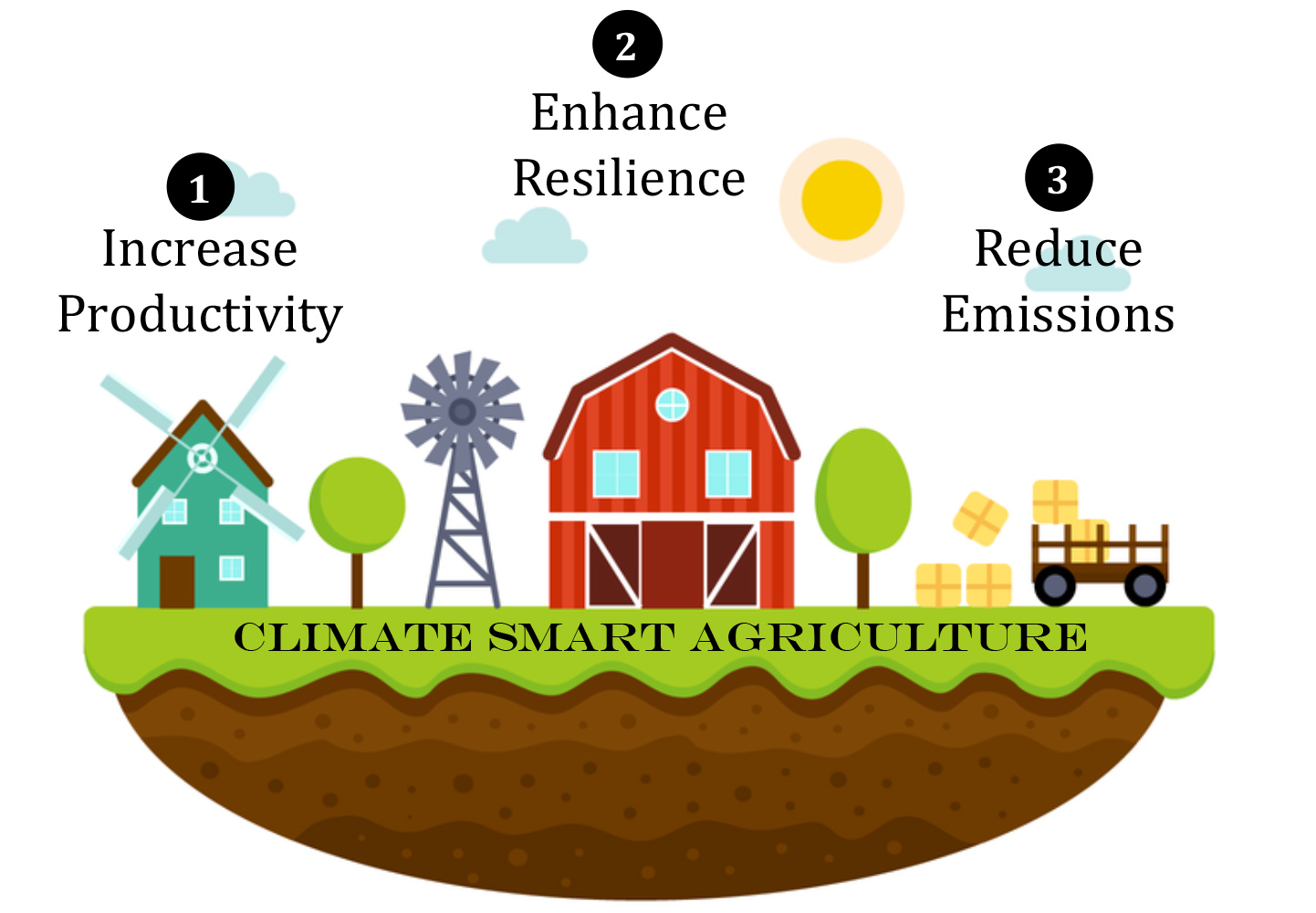
Students explore the carbon cycle, evaluate natural and human-induced activities that drive the carbon cycle, and discover climate smart agricultural practices that can be used to produce our food.
This lesson explains the processes of cellular respiration and fermentation and how it applies to the production and processing of honey.
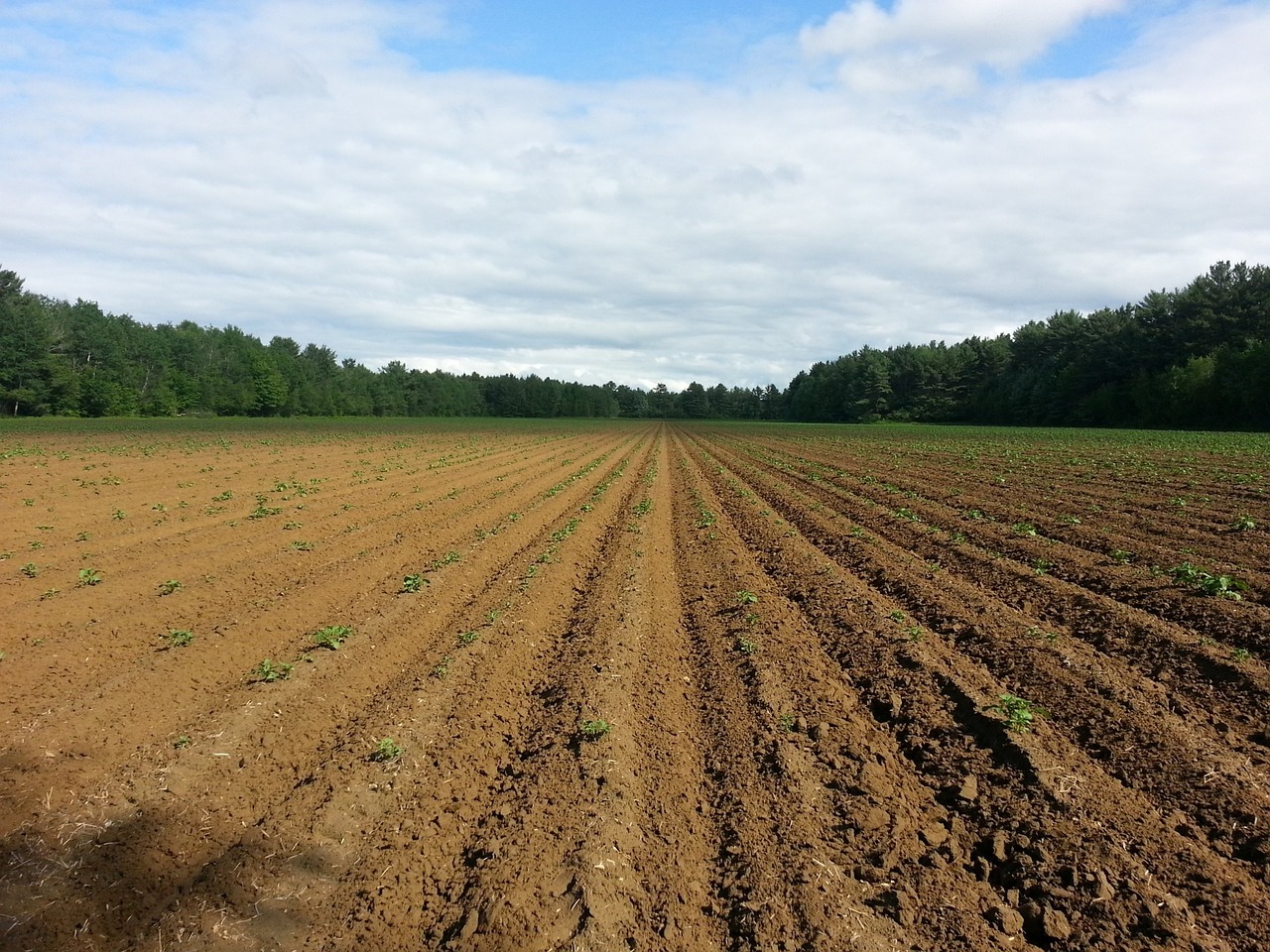
Students observe soil ecosystems to investigate how human impact affects the biodiversity of soils using the Simpson's Index of Diversity. Then, students conduct an investigation using field corn to determine how the introduction of nitrogen fertilizers impact soil microorganisms and biodiversity.